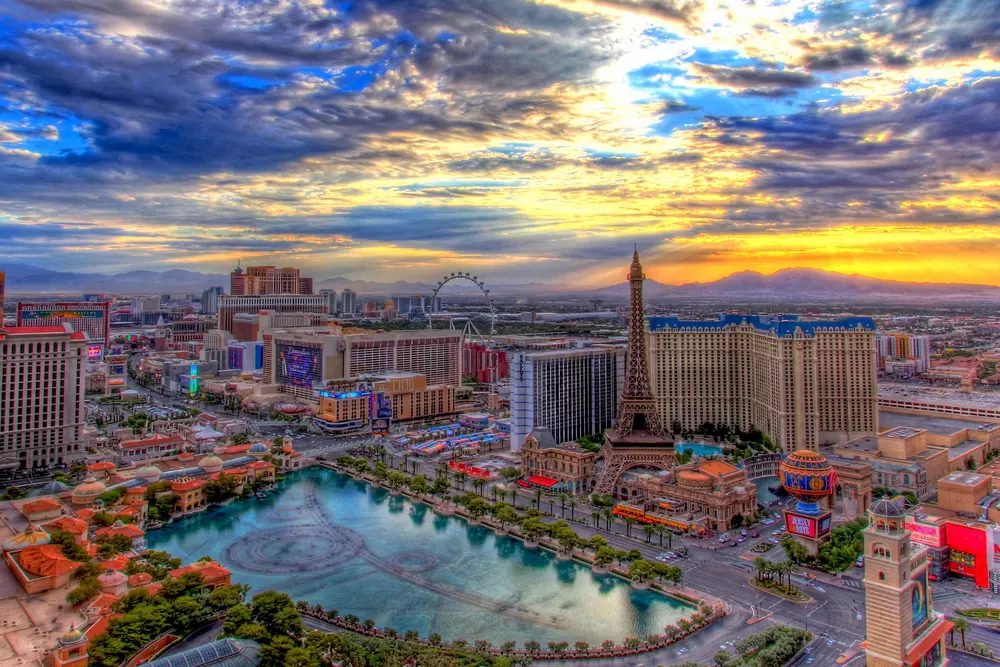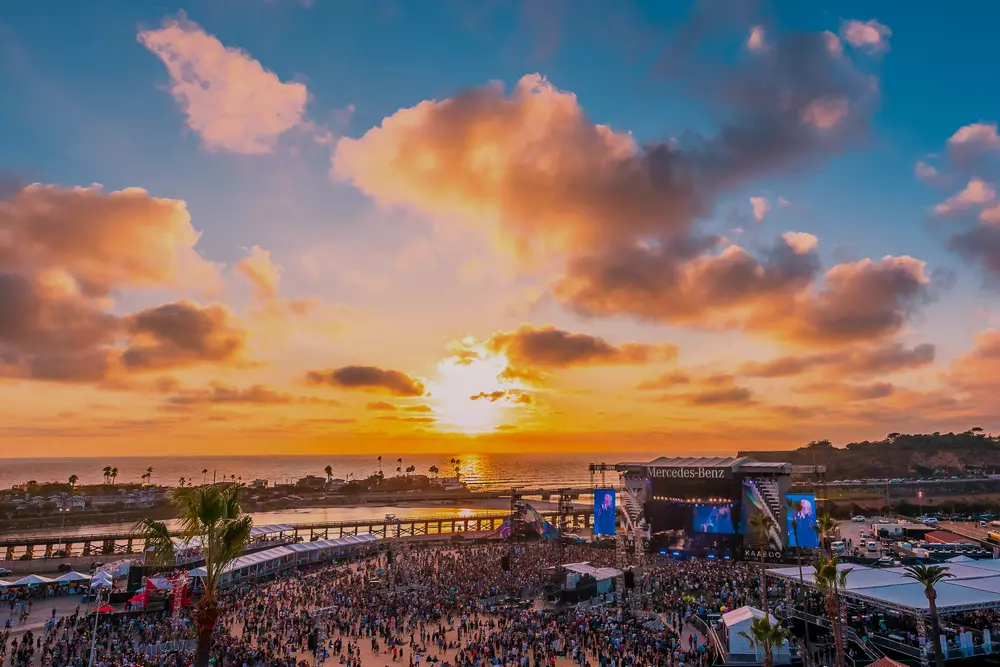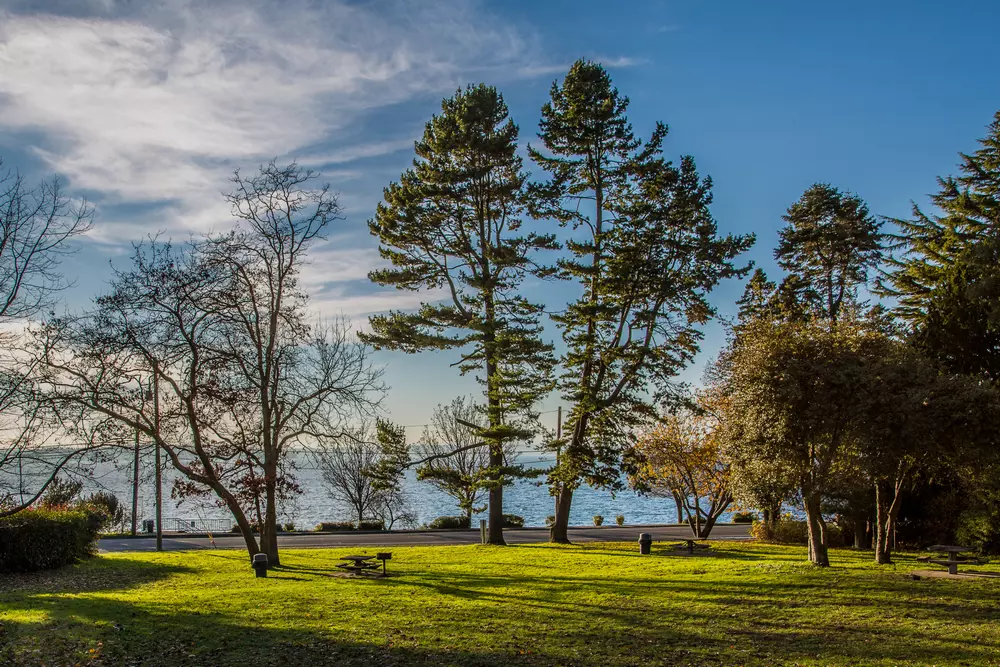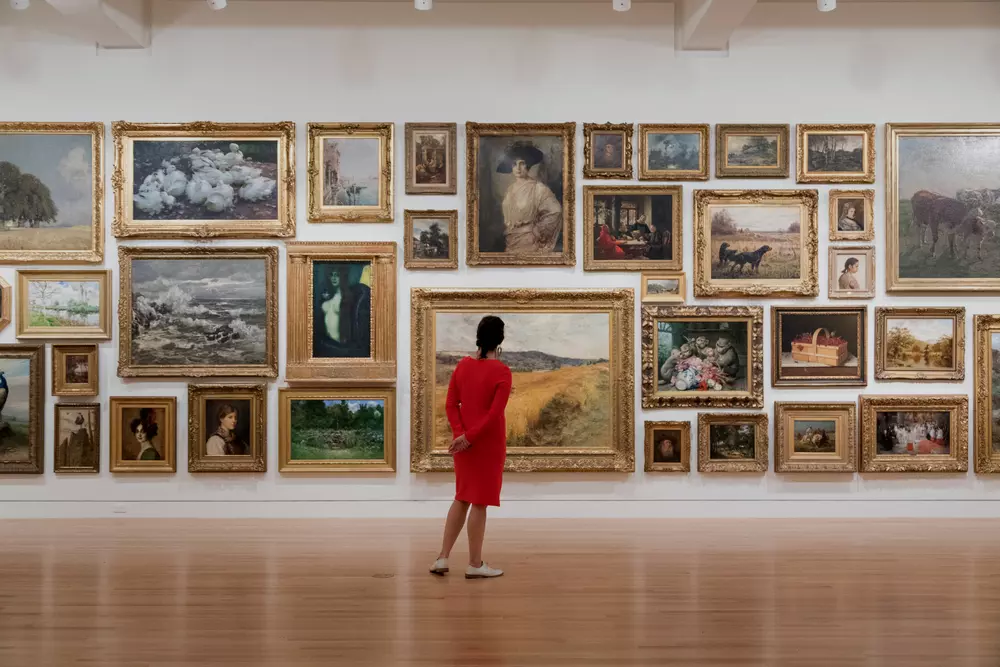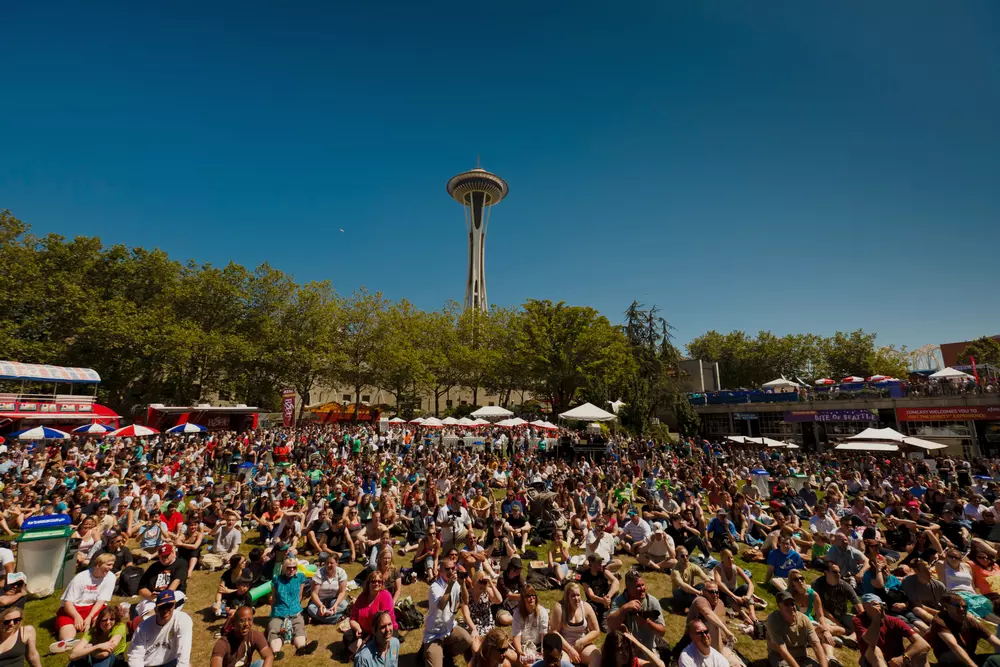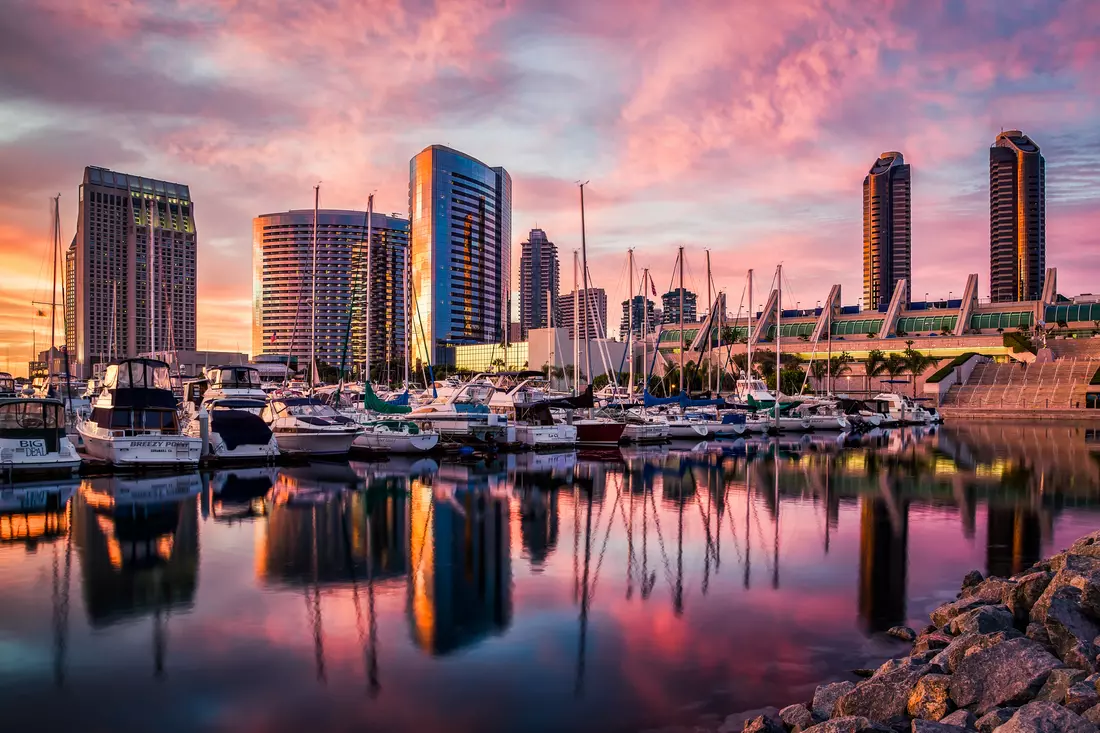Why the Natural History Museum is Fascinating
The Natural History Museum is the flagship institution of Balboa Park in San Diego, showcasing the rich history and unique biodiversity of the region. Every year, the museum welcomes around 400,000 visitors, offering educational programs on environmental issues and conducting scientific research throughout Southern California. The world we live in is truly amazing, and the museum’s founders aim to help everyone understand, enjoy, and appreciate nature more. After all, nature itself is the grandest exhibition of all.
The San Diego Natural History Museum is accredited by the American Alliance of Museums, which confirms the institution's professional level of operation according to industry standards. The museum is also a member of the Balboa Park Cultural Partnership, a collaboration of 26 cultural, scientific, and artistic institutions within Balboa Park. Working together, these institutions achieve significant goals that no organization could accomplish alone.

The History of the Museum: From Its Founding to Today
Founded in 1874, the San Diego Society of Natural History is the oldest scientific institution in California. In its early years, it served as the primary source of scientific knowledge for the city’s residents. Society members established a meteorological station, petitioned for the creation of a state park, and gained support from a zoological association. In June 1912, the society opened its first museum, and by 1917, they had acquired a building in Balboa Park to house their growing collections and natural history library.
Expansion and the Construction of a New Building
By the museum's 50th anniversary, its collections had outgrown the three buildings it occupied. A larger facility was desperately needed. Architect William Johnson, known for his work on the Fine Arts Gallery and the San Diego Trust and Savings Bank, was selected to design the project. Construction was made possible by a grant of $125,000. However, due to the Great Depression, funds were only available to build the first block and a northern wing.
The new San Diego Natural History Museum opened on January 14, 1933, marking a major milestone in the development of both the museum and the society despite the challenging economic conditions.
The Museum’s Role During World War II
In March 1943, the museum building was temporarily handed over to the U.S. Navy, which used it as a hospital for treating infectious diseases. During this period, renovations were carried out, including the installation of an elevator and a nurse station. The museum's primary library was relocated to San Diego State College, while valuable exhibits were carefully packed and stored in the northern wing of the main floor.
Post-War Growth
After the war, the museum resumed its operations, continuing to grow and expand despite financial difficulties. In the post-war years, the museum steadily enlarged its collections and scientific programs, becoming an increasingly important institution not only for San Diego but for the entire region.
By the 1990s, the museum once again needed more space. In 2001, a major expansion project was completed, doubling the museum’s overall size. The new wing added four floors of exhibit spaces, classrooms, and conference rooms, allowing the museum to enhance its educational and research activities.
The Museum Today
Today, the San Diego Natural History Museum is one of the leading scientific and educational centers on the West Coast. The museum continues to expand its collections, host exhibitions, and conduct research and educational programs for all ages. Exhibits now cover a wide range of natural sciences, including paleontology, botany, and zoology. A special focus is placed on studying and preserving the ecosystems of Southern California and Baja California, Mexico.
The museum actively collaborates with research centers, universities, and conservation organizations, making it an important player in regional nature conservation efforts. The museum hosts both temporary and permanent exhibits that cover various aspects of natural history, including ocean exploration, climate change, and biodiversity.
The San Diego Natural History Museum remains a place where visitors can not only see unique exhibits but also gain a deeper understanding of the world we live in. Through its educational programs, interactive displays, and scientific initiatives, the museum continues to fulfill its mission of spreading knowledge and inspiring environmental stewardship.
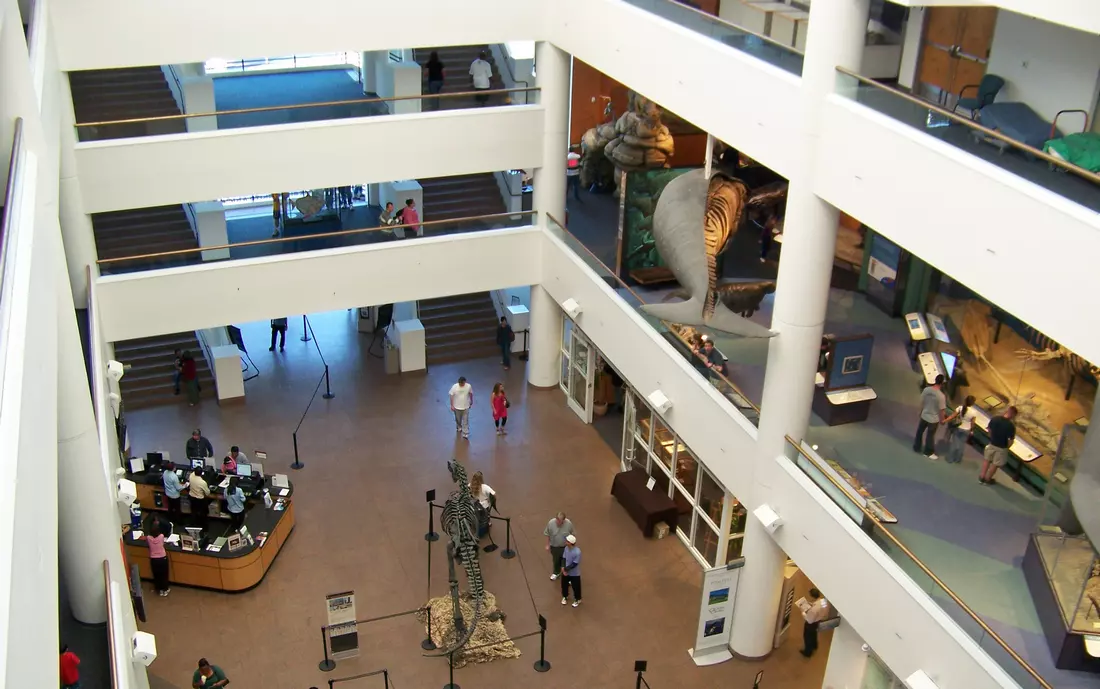
A Deep Dive into Paleontology
One of the museum’s main attractions is its collection of paleontological finds. Seeing real dinosaur skeletons, ancient marine creatures, and other organisms that lived millions of years ago is truly awe-inspiring. Massive skeletons towering above visitors transport them back to Earth’s distant past.
For children, there is an interactive zone where they can learn how excavations are conducted, try their hand at being a paleontologist, and discover the wonders of prehistoric times. This is a fantastic opportunity to spark an early interest in science, immersing young minds in a world of exploration and discovery.
Exhibits and Collections
Beyond paleontology, the museum offers a wide range of thematic exhibitions that explore the flora and fauna not only of Southern California but of the entire world. For example, one exhibit focuses on oceans and marine life, showcasing models of a wide variety of marine creatures—from tiny fish to giant whales.
The museum pays special attention to how human activity affects the environment. Exhibits highlight modern ecological challenges, such as ocean pollution and climate change. Visitors can enjoy the beauty of nature while reflecting on the importance of environmental conservation.
Noteworthy Exhibitions Include:
- National Geographic: 50 Greatest Landscapes — This photo exhibit takes you to the most breathtaking landscapes on Earth.
- Hidden Gems — Over 100 stunning items from the mineral department will be on display on all museum floors starting in November 2019.
- Unshelved: Cool Stuff from Storage — The museum houses many fascinating specimens that have never been shown before. Don’t miss this rare opportunity to peek behind the scenes.
- The Cerutti Mastodon Discovery — Ice Age excavations conducted by museum staff, featuring 130,000-year-old mastodon bones, molars, and tusks.
- Extraordinary Ideas from Ordinary People: A History of Citizen Science — Rare books, artworks, photographs, historical documents, as well as plant and animal specimens, all come together to show that you don’t need to be a scientist to be inspired by the power of science.
Interactive Zones for All Ages
The San Diego Natural History Museum isn’t just about static exhibits and informational panels. It’s also a place where you can become part of the educational process. The museum features numerous interactive zones where both children and adults can participate in scientific experiments and learn more about geology, meteorology, and biology.
One of the most popular attractions is the earthquake simulator, allowing visitors to experience the full force of this natural phenomenon. It’s not just a fun experience but also an educational one that helps visitors understand how natural events work and how they affect human life.
For kids, the museum offers workshops where they can learn to tie maritime knots, build ship models, or even create their own exhibits inspired by nature. These activities not only entertain but also teach teamwork, logical thinking, and creativity.
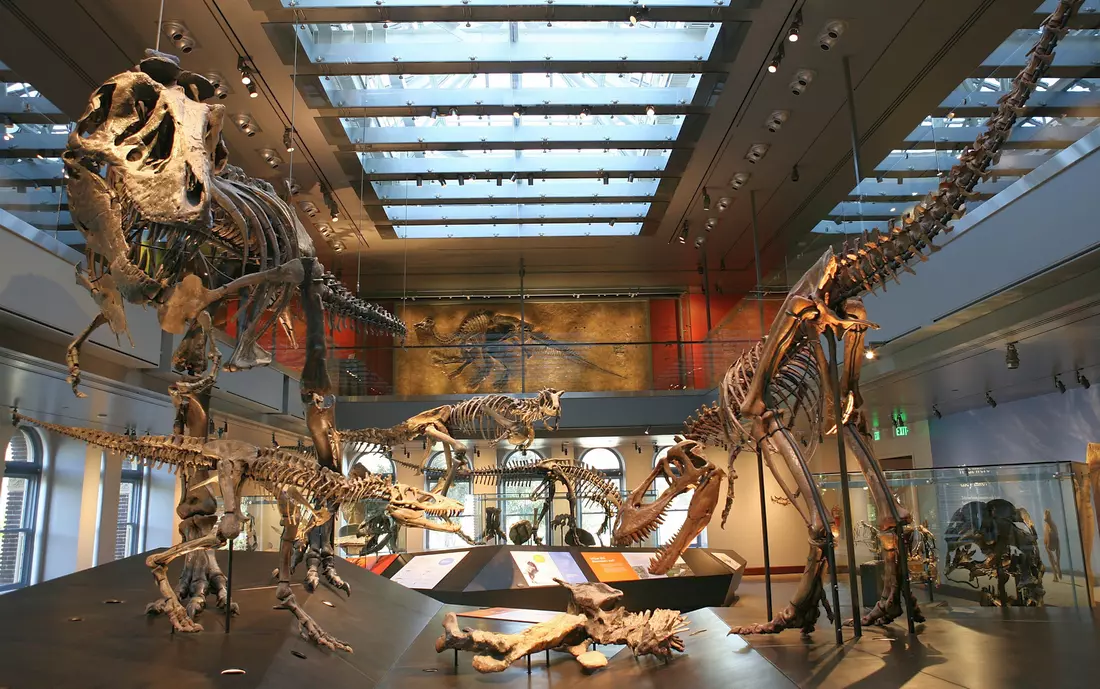
Architecture and Location of the Museum
The San Diego Natural History Museum is centrally located in the famous Balboa Park. The museum’s building itself is worth a visit: designed in the Spanish Colonial Revival style, it adds architectural significance to the area. Surrounding the museum are lush green parks where visitors can take a walk after viewing the exhibits and enjoy San Diego’s natural beauty.
The museum is open daily from morning until evening, allowing visitors to choose a convenient time for their visit. Guided tours are available with professional docents who provide detailed explanations of each exhibit and guide you through the most fascinating displays. For those who prefer to explore independently, the museum offers audio guides in multiple languages, making it accessible to visitors from around the world.
Educational Programs and Research
The museum actively engages in scientific research and collaborates with leading universities around the world. Scientific conferences, exhibitions, and seminars are regularly held here, addressing current issues in ecology, biology, and paleontology. This makes the museum an important center for science not only for city residents but also for scientists worldwide.
Special attention is given to educational programs for schoolchildren and students. The museum organizes guided tours and classes for children of all ages, helping them gain a deeper understanding of natural sciences and develop an interest in scientific inquiry. This makes the museum not just a place for entertainment but also an important educational institution.

Why You Should Visit the Museum
Visiting the San Diego Natural History Museum is a unique opportunity to connect with the past of our planet and learn more about how nature and science evolve. Everyone will find something fascinating here: paleontology enthusiasts can see ancient dinosaur bones, nature lovers can discover more about the region’s flora and fauna, and families with children can enjoy interactive programs and workshops.
It’s a place where you can not only have fun but also gain valuable knowledge about how fragile our world is and how important it is to preserve it for future generations. The San Diego Natural History Museum is a window into the wondrous world of nature that everyone should visit while in this remarkable city.

Additional Information
-
Address
-
Phone
+1-619-232-3821
-
Working hours
Daily: 10:00 am – 05:00 pm.
-
The cost
Adults :
- from 18 years old: $19;
- Seniors and Students: $17;
Children :
- 7-17 years old: $14;
- 3-6 years old: $11;
- up to 2 years: free.
-
Web site
| Address | |
| Phone | +1-619-232-3821 |
| Working hours | Daily: 10:00 am – 05:00 pm. |
| The cost | Adults :
Children :
|
| Web site |
Don’t miss the chance to immerse yourself in the world of science and nature — visit the San Diego Natural History Museum. Spend your time wisely — book a tour with American Butler!






















